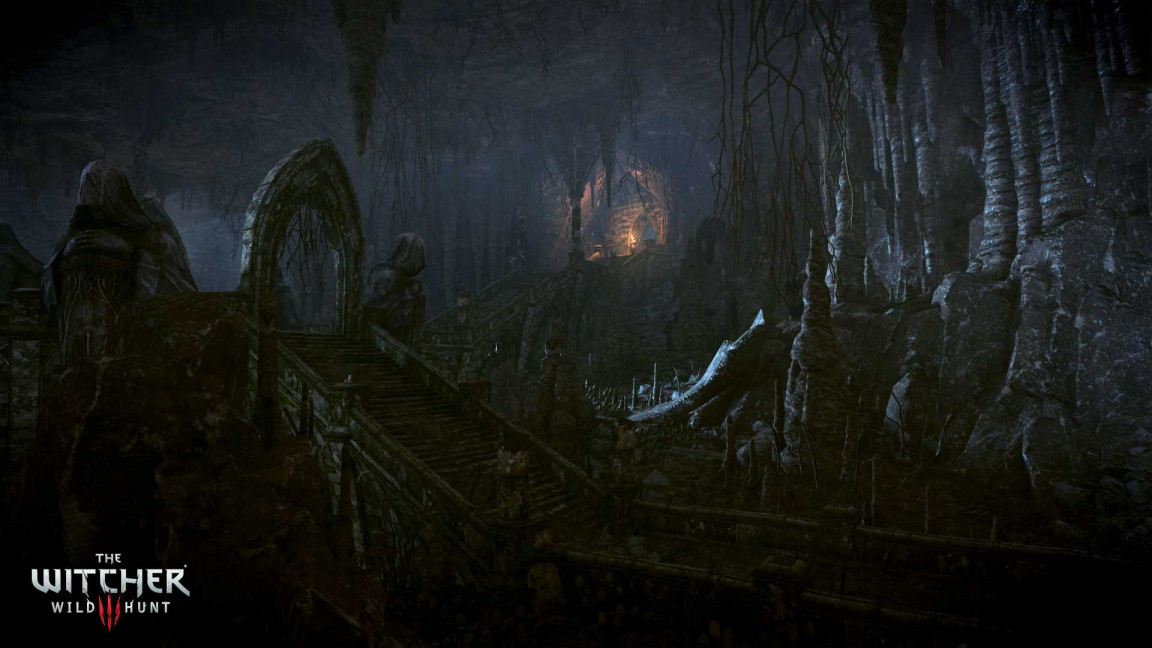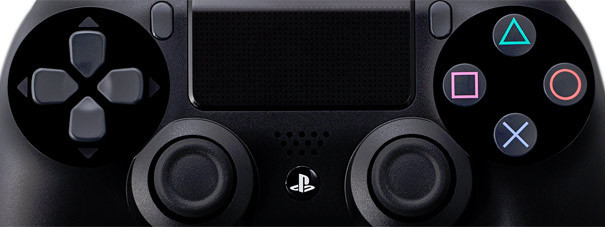It has been nearly twenty years since Sonic the Hedgehog made jaws drop and the world take notice. After getting battered by Nintendo and their stocky Italian plumber, Sega knew it would need a character that could sell a million copies. The company had been struggling for a long time to develop a character that would resonate with video game fans the way Mario had.
People often forget that Mario's first adventure was not Super Mario Bros. Before that game ever came out, he was striving to release the damsel-in-distress in the famous Donkey Kong series. It was only a matter of time before he made the leap to an adventure of his own.
And what an adventure it was!
Since its release over 25 years ago, it has sold well over 40 million copies. Sega had never experienced anything like it, and if they could produce something with just a shade of that star-power, it would make them a major player and competitor in the video game industry.
Unfortunately, their mascot, Alex Kidd, wasn't going to cut it. They needed something fresh and original that would dazzle the eye and make full use of their developing technologies.
As the eighties became the nineties, it was officially time to put away the past. That meant saying goodbye to the Sega Master System and the 8-bit fun of the Reagan era, and hello to something more powerful and advanced.
Hello, Sega Genesis!
But if Sega was going to make a splash with their new 16-bit system, they would need a character and a game that would really show what the technology could do. Coinciding with the 8-bit version, which was the last release of the Sega Master System, the Sega Genesis boasted a new creation: a furry blue hedgehog that could zip and roll and move about the screen.
He could run fast and buzz through rollercoaster-like loops, collecting coins, defeating villains, obtaining the power of the Chaos Emeralds, and ultimately locking horns with the all-powerful Dr. Robotnik, who floated and hovered and trounced around in his diabolical machines with every intention of committing grievous bodily harm to his adversary.
Sonic the Hedgehog for the 16-bit Sega Genesis system was a marvel. It boasted the most advanced graphics of its day. It demonstrated quick, fast-paced gameplay, with slopes, loops, drops, and springs, all designed to advance you through the stages as quickly as possible. While most gamers were not used to the intensity, it proved to be an exhilarating experience that was challenging, yet at the same time, easy to pick up,
Each of the six worlds had three acts, and offered a unique design, intricate in details and color schemes. From the beauties of South Island to the dangers of Dr. Robotnik's industrial hazards, Sonic the Hedgehog flies at his own pace, testing each mission with the hope of wrestling control away from Dr. Robotnik and his minions of evil.
To date, it has sold over 4 million copies, spawning an even more successful sequel for the Genesis, Sonic the Hedgehog 2, as well as an array of other characters and adventures across the industry and spilling out into other media.
Sega wanted a hero that could deliver. In Sonic the Hedgehog, they got him!





